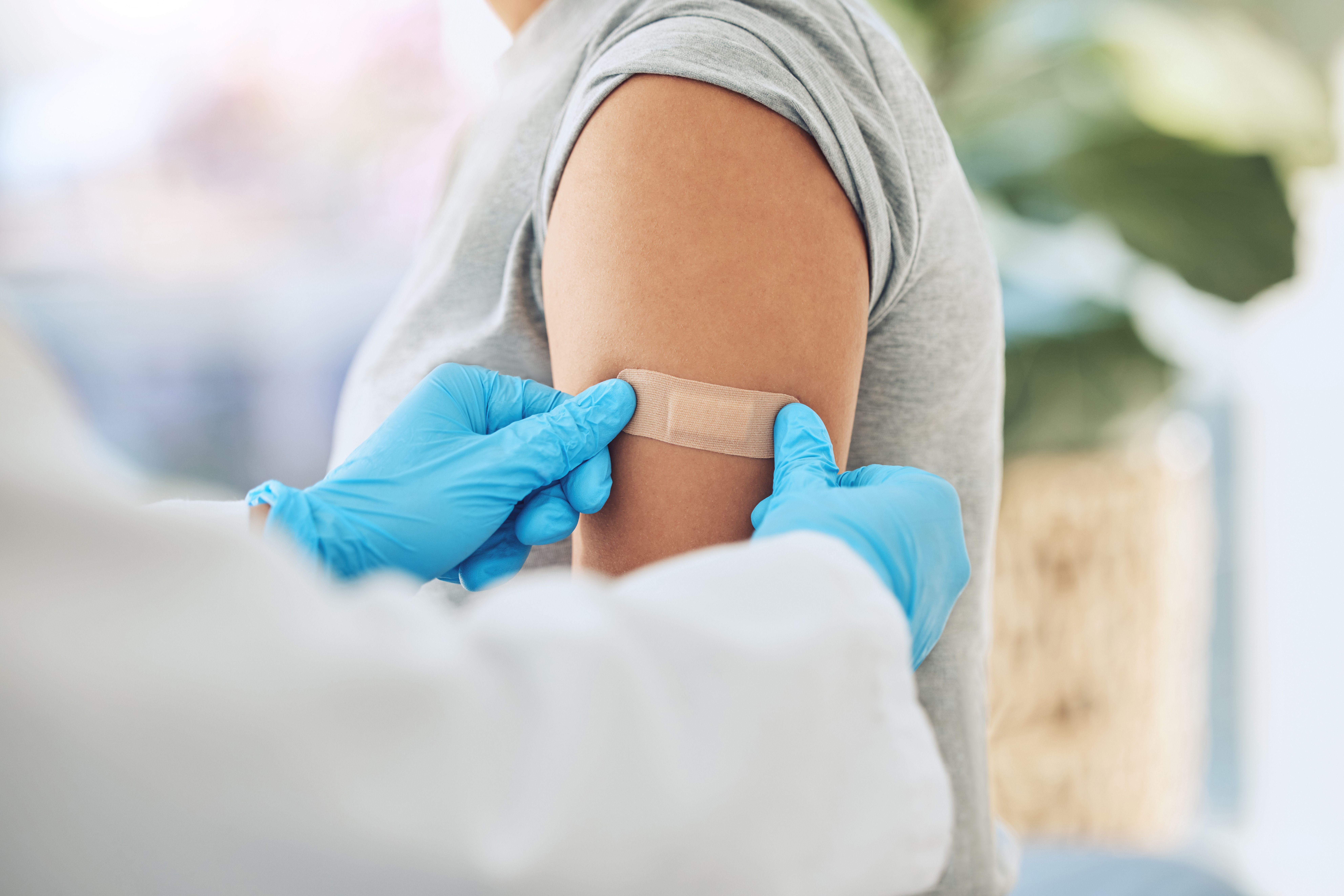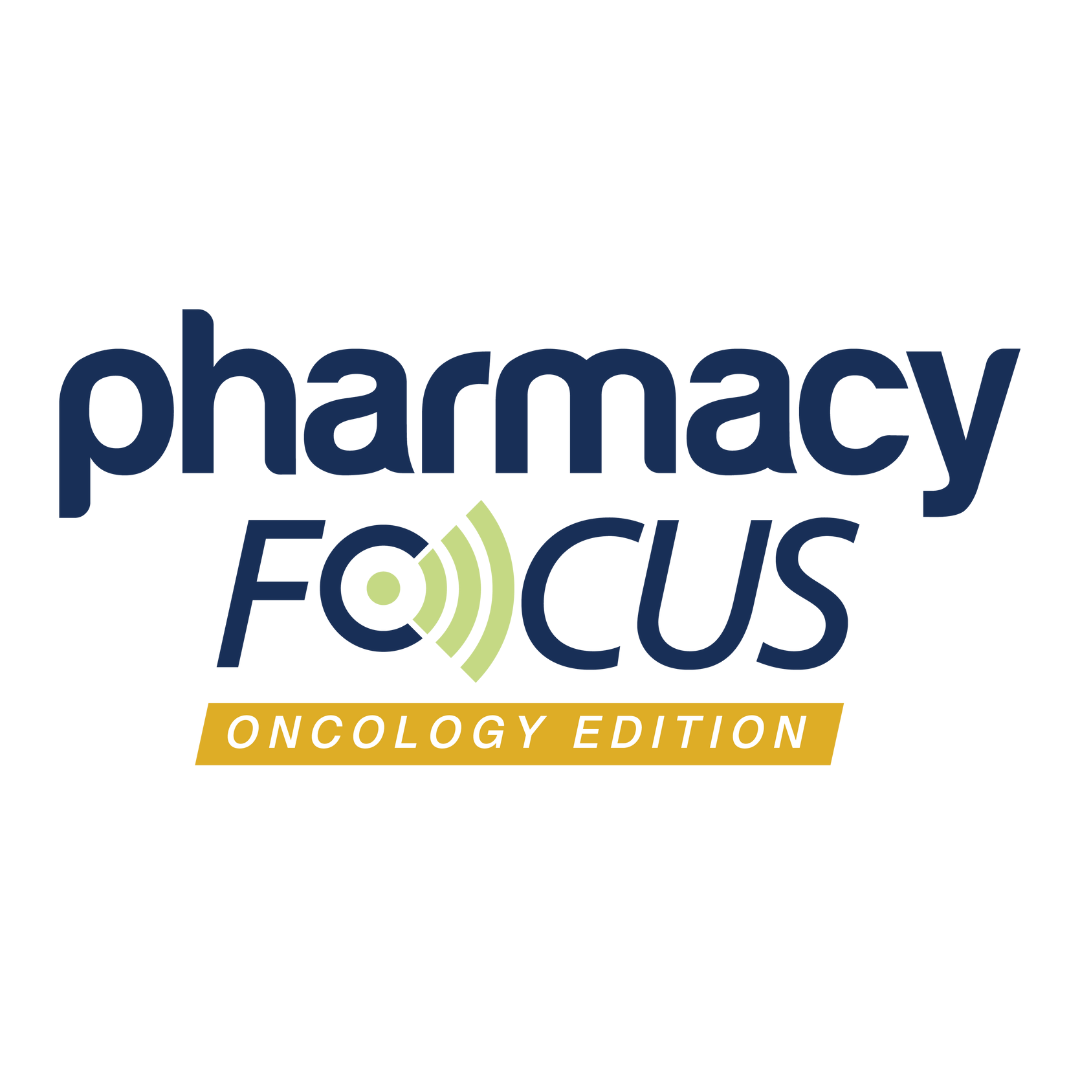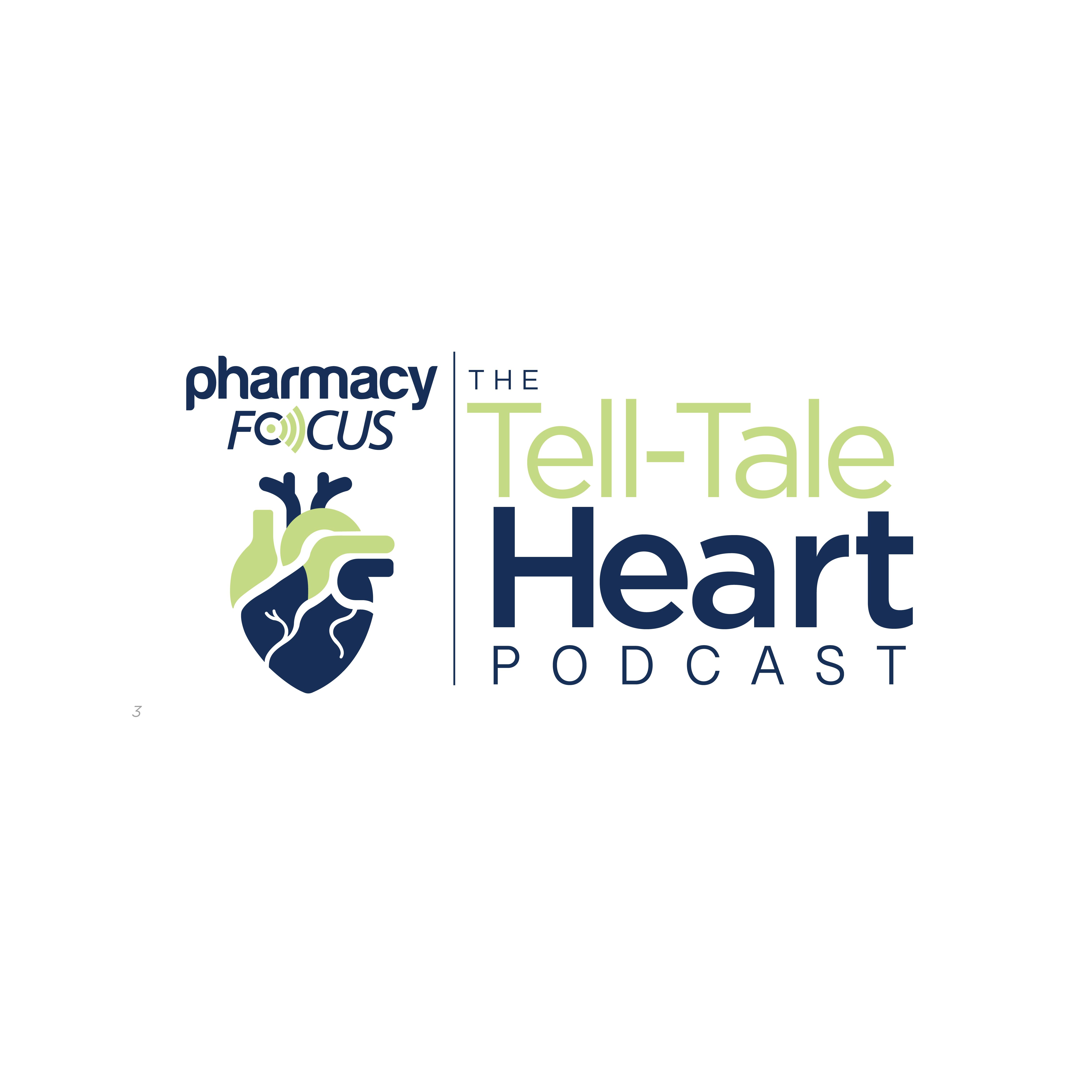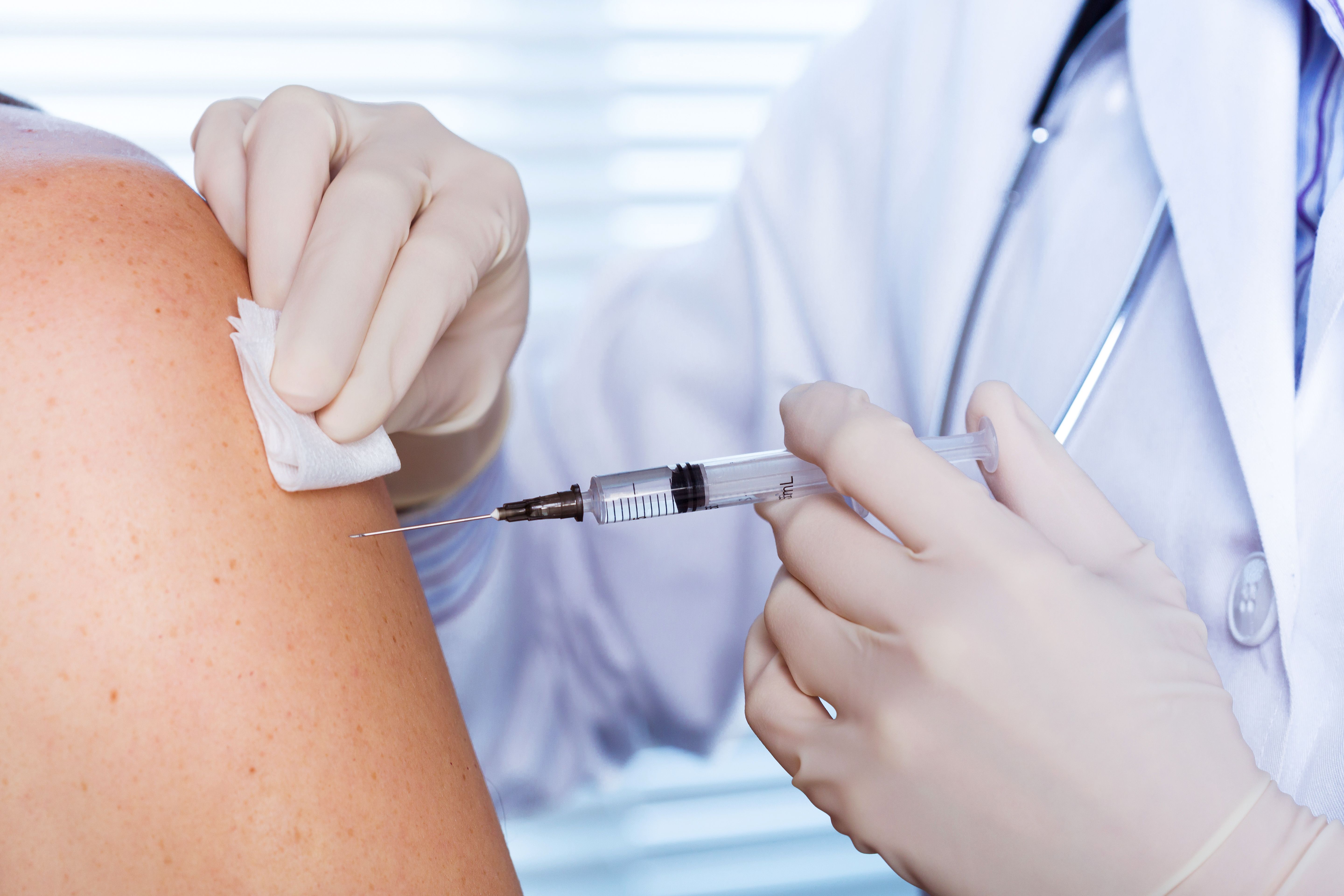Feature
Article
Pharmacies Lead the Way in Vaccine Equity and Access With Scalable, Sustainable Models
Key Takeaways
- Pharmacies can expand vaccine access by leveraging existing infrastructure and relationships, without needing additional staff or resources.
- Missouri's Pharmacy Vaccine Gap Closure Program demonstrated a scalable, workflow-based model for sustainable immunization services.
Annie Eisenbeis, PharmD, MBA, showcased how Missouri’s Pharmacy Vaccine Gap Closure Program is transforming pharmacy-based immunization services through scalable workflows, team training, and a redefined role for pharmacy technicians as community health workers.
At McKesson IdeaShare 2025, Annie Eisenbeis, PharmD, MBA, shared a data-rich and forward-thinking look at how pharmacies can become central players in expanding vaccine access and closing immunization gaps—without overburdening staff or budgets. Drawing on her experience with Missouri’s Pharmacy Vaccine Gap Closure Program, Eisenbeis outlined how community pharmacies can implement impactful clinical services through scalable, workflow-based strategies.1
Image credit: Azeemud-Deen Jacobs/peopleimages.com | stock.adobe.com

“Pharmacies are the most accessible health care providers in general and of vaccines right now,” Eisenbeis noted. “Keeping that in mind, if things were to change on some of these recommendations, that access may be diminished in other spaces, so pharmacy will get a bigger role.”1
With 88% of pharmacies already offering vaccinations, the infrastructure is largely in place.2 But as Eisenbeis emphasized, successful expansion depends on thoughtful planning, not just additional work. She pointed attendees to the CDC vaccine schedules for guidance and used Missouri’s statewide Gap Closure Program as a case study in what sustainable transformation can look like.
A Stepwise Model for Sustainable Immunization Services
Missouri’s program was carefully structured around 4 phases, beginning with in-pharmacy operations. In phase 1, medication synchronization (med sync) was expanded into a longitudinal patient monitoring and education program. Phase 2 expanded that concept into a longitudinal care model applicable to all patients, regardless of whether they were enrolled in med sync.1
“This is where I see a huge value to the health care system, in those consistent and longitudinal follow-up and monitoring touchpoints,” Eisenbeis said.1
Importantly, Eisenbeis said her boundaries for pharmacies building this scalable model were clear: pharmacies should not have to hire additional staff, build out new spaces, or invest in new software. Instead, the strategy focused on building infrastructure and training existing teams.1
The results speak for themselves. In just the first 5 months of the program—outside of influenza and COVID-19 season—over 28,000 interventions were submitted across 780 ZIP codes. By October 7, 2024, the program had enrolled more than 500 providers and closed over 12,000 vaccine gaps in just 2 months.1
“Why it worked? [Pharmacies] have that established relationship, [so] patients answered the phone,” Eisenbeis said. “We have all those touchpoints, and the workflow model already existed. These are reasons that payer organizations should be partnering with pharmacies.”1
Cross-Training Teams and Redefining Roles
The program’s success also highlighted the importance of role delegation and team building. Eisenbeis challenged attendees to rethink who leads and supports clinical services.
“Physicians, dentists, optometrists, and others don’t lead and support the entire operation from start to finish, so why does the pharmacist?” she asked, encouraging pharmacists to empower technicians and other staff.
One of her key strategies was the cross-training of pharmacy technicians as community health workers (CHWs)—a “missing link” in many pharmacy operations. More than 400 technicians in Missouri have been trained as CHWs, and Eisenbeis described the role as vital: “This is adding a hat to this person who already plays most of these roles. They are your bridge [from] clinical to social care.”1
CHWs complement pharmacists by addressing socioeconomic barriers, extending preventive care reach, and connecting with patients who might otherwise fall through the cracks. Together, they offer a holistic model that blends health care access with community-based support—critical for demonstrating value to payers.
Embedding Vaccines Into Workflow and Building for the Future
Eisenbeis emphasized that dispensing remains essential, but it is no longer the end-all-be-all role of pharmacy practice.
“Dispensing services are going to be the foundation. They’re not the ceiling anymore, and that’s not how everybody is going to see us anymore,” she said.1
She encouraged pharmacies to build new services onto existing processes like med sync and immunization scheduling. The key, she said, is to treat services like vaccination as part of a workflow, not an exception: from vaccine request to consent, eligibility check, education, administration, and follow-up.1
Documentation remains a challenge—but it’s also an opportunity.
“Even if you’re able to bill, you’re not going to expand services if [payers] don’t see the value in those numbers,” she warned.1
Ultimately, Eisenbeis’ message was one of empowerment: with the right structure, tools, and training, pharmacies can lead sustainable, patient-centered vaccine strategies that benefit public health and elevate the profession.
REFERENCES
1. Eisenbeis A. Grand Ole’ Guidelines: A Practical Review of Immunization Schedules and Updates. Presented at: McKesson IdeaShare 2025. Nashville, TN; July 10, 2025.
2. Burson RC, Buttenheim AM, Armstrong A, Feemster KA. Community pharmacies as sites of adult vaccination: a systematic review. Hum Vaccin Immunother. 2016;12(12):3146-3159. doi:10.1080/21645515.2016.1215393
Newsletter
Stay informed on drug updates, treatment guidelines, and pharmacy practice trends—subscribe to Pharmacy Times for weekly clinical insights.






